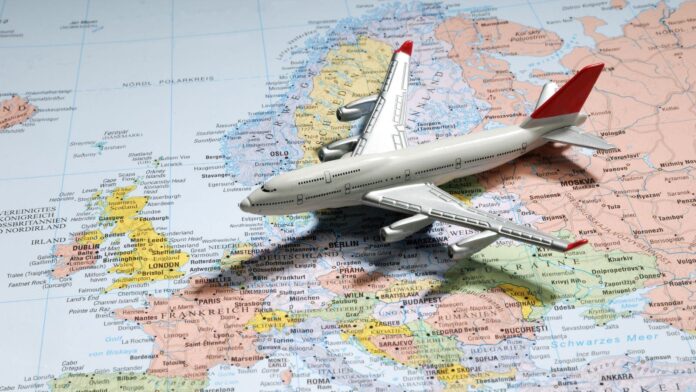As a cluster of European airlines announce their year-end results, and a few others bizarrely report their first quarter of the 2024/25 financial year results, it seems that a combination of enforced capacity discipline and increasing average airfares will allow airlines to look forward to Q1 2025 with more than their usual confidence. The first quarter of each year is traditionally the worst for all European airlines and it’s unlikely that they will be profitable come the end of March, especially with a later Easter this year – however, most airlines are expected to see improved results compared to past years.
Many airlines continue to struggle with operational capacity, and some are now suggesting that the current supply chain issues could persist for another two to three years. If that ensures some capacity discipline, then airline CFOs might be smiling – although it does take a lot for an airline CFO to be happy! A few weeks back, we examined the capacity and average selling airfares of major US airlines and we’ve replicated the analysis for the ten largest European airlines (when measured by capacity) plotting the results below.
For most carriers a cautious approach to capacity growth can be seen with both Lufthansa and Turkish Airlines cutting back year-on-year capacity; for Turkish Airlines, a reduction of 19%. This may be a supply chain and MRO (maintenance, repair, and operations) issue for Turkish Airlines as the latest OAG fleet data shows 78 aircraft inactive, around 17% of their fleet. They also report an impressive 25% increase in average selling airfares which will offset some of the pain.
Seven of the ten airlines reviewed are showing capacity growth of less than 10% over the first quarter, easyJet being the most aggressive of those, with 8% capacity growth gained at the expense of a 2% reduction in average selling airfares, so a favourable balance for the carrier. Similarly, Ryanair, who would probably love to have added more Boeing capacity, are standing with 7% more capacity but more heavily discounted airfares than their orange competitor at -5%. The “big three” IAG carriers are all reporting similar patterns with modest capacity growth and slight increases in average selling airfares; all falling within 5% on price/capacity point.
Breaking that capacity caution is Pegasus Airlines, the Turkish LCC (low-cost carrier), who will have added 17% more capacity year-on-year but managed to maintain very similar average airfares to those seen in 2024. Much of that network growth is in medium-haul markets with new services to destinations such as Edinburgh, Manchester, Lisbon, Nice and Dublin, where you would expect average airfares to be slightly higher so perhaps maintaining similar fare levels to 2024 should be expected.
With the major European carriers reporting a similar pattern of both capacity and average selling airfare growth, and the average fuel price in Europe this week 1.2% lower than last year, it bodes well for the remainder of the quarter – although we should still remember that this quarter is not about how much profit you can make but how little you lose!


